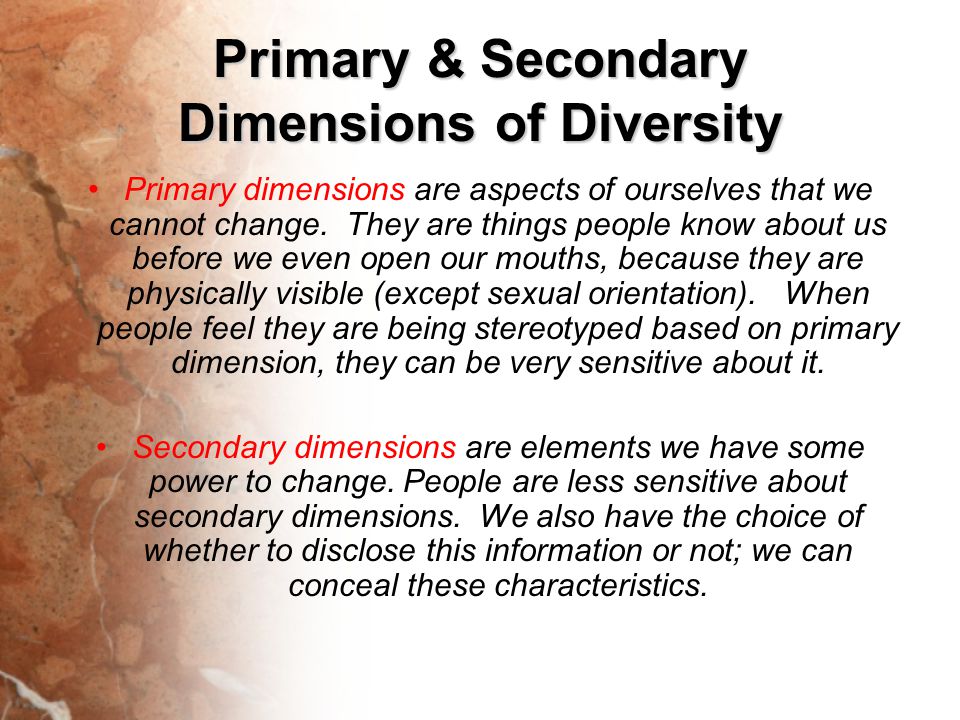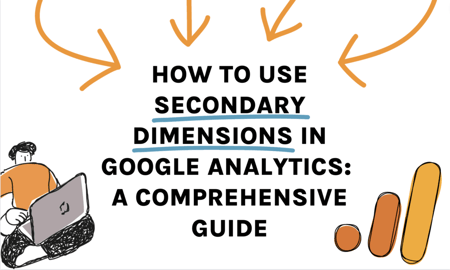Advanced SEO Techniques: Leveraging Secondary Dimensions for Strategic Benefit
Advanced SEO Techniques: Leveraging Secondary Dimensions for Strategic Benefit
Blog Article
Discover Deeper Insights With Additional Dimensions
Additional measurements serve as a powerful device in the world of information evaluation, providing a nuanced perspective that goes past surface-level observations. Remain tuned to find how additional measurements can revolutionize the way you translate and leverage your data for strategic advantages.
Advantages of Second Measurements

Among the essential benefits of additional dimensions is the ability to boost the context of the primary data. This included context makes it possible for analysts to draw more exact final thoughts and make notified choices based upon a more detailed sight of the data. Second measurements assist in providing a much more alternative view of the partnerships between different variables, thus helping in the recognition of underlying variables that may affect the primary dataset.
Basically, additional measurements play a critical duty in enhancing information analysis processes, providing a much more nuanced viewpoint that can result in useful insights and actionable referrals.
Implementation Tips for Additional Measurements
Executing secondary measurements successfully needs a strategic method that lines up with the specific purposes of the information evaluation procedure. To begin, it is important to plainly define the objectives of the evaluation and recognize the essential metrics that will give the most important insights - secondary dimensions. Select second dimensions that enhance the primary measurements and assist in uncovering deeper patterns or connections within the information
When applying additional measurements, it is vital to consider the context in which the analysis will certainly be performed. Comprehending the target market and their information needs will certainly guide the option of pertinent second dimensions that include purposeful context to the main information factors. In addition, make certain that the second measurements selected are suitable with the main measurements and can be efficiently compared or incorporated to draw out useful insights.
Additionally, it is suggested to check various mixes of second and primary dimensions to check out different point of views and uncover surprise relationships within the data. Routinely examining and refining the choice of second dimensions based upon the progressing logical needs will make sure the evaluation continues to be pertinent and insightful.
Studying Information With Second Dimensions

When examining data with additional measurements, it is critical to consider just how different variables engage with each other. By cross-referencing primary data with secondary measurements, experts can discover correlations and reliances that use an even more holistic view of the information. This technique not just enhances the precision of insights however additionally aids in making more enlightened decisions based on the searchings for.
In addition, assessing data with additional measurements allows the identification of outliers or abnormalities that might influence the general analysis. By delving deeper into the information via additional measurements, analysts can obtain a more extensive understanding of the hidden elements driving the patterns observed in the primary dataset.
Making Best Use Of Insights Through Second Measurements
To remove a greater level of depth and precision from information evaluation, leveraging secondary measurements is critical for making the most of insights. By integrating additional measurements right into your evaluation, you can uncover useful relationships and patterns that may not be promptly i was reading this noticeable when taking a look at information through a main dimension alone. Additional measurements enable you to cut and dice your data additionally, supplying an extra comprehensive understanding of the aspects affecting your metrics.
When used successfully, second dimensions can enhance the context of your primary data, offering an extra nuanced point of view on your evaluation. For instance, by adding additional measurements such as individual, time, or geography demographics, you can get a deeper understanding of exactly how various sections engage with your content or items.
Moreover, additional measurements can aid you recognize outliers, patterns, and correlations that may or else go undetected. By discovering your information from multiple angles, you can draw out richer understandings and make more enlightened choices based upon a detailed understanding of the hidden aspects at play.
## Common Errors to Prevent When Making Use Of Second Dimensions
When including secondary measurements into information analysis, it is imperative to be mindful of common errors that can prevent the extraction of useful insights. One common mistake is the misuse of second dimensions without a clear objective in mind. It is important to specify specific goals and inquiries prior to picking secondary measurements to ensure they align with the analysis purpose.
One more blunder to avoid is overcomplicating the evaluation by consisting of a lot of second dimensions at the same time. This can lead to info overload and make it challenging to draw meaningful verdicts from the data. It is suggested to begin with a couple of pertinent second dimensions and gradually integrate more as needed.
In addition, overlooking data honesty issues can substantially impact the precision of understandings stemmed click reference from additional measurements. Imprecise or incomplete information can misshape the evaluation results and misinform decision-making processes. Consistently verifying and cleaning up the data is critical to ensure the reliability of the insights produced.
Verdict
To conclude, the tactical utilization of additional dimensions in information analysis supplies a powerful device for unlocking deeper insights and enhancing decision-making procedures. By integrating extra layers of info, analysts can obtain a much more comprehensive understanding of their dataset, uncover concealed fads, and recognize vital aspects affecting results. With careful factor to consider and execution of second measurements, researchers can optimize the value of their data see this page and drive notified decision-making in various fields.
Select additional dimensions that match the primary measurements and help in revealing deeper patterns or correlations within the data.
In addition, guarantee that the second dimensions picked are compatible with the main measurements and can be effectively compared or incorporated to extract useful understandings.
Utilizing secondary dimensions in data analysis improves the deepness and breadth of understandings obtained from the primary data points. By cross-referencing main information with secondary measurements, experts can discover relationships and reliances that use a more alternative view of the information. By including second measurements into your evaluation, you can reveal valuable partnerships and patterns that may not be promptly noticeable when looking at data through a primary dimension alone.
Report this page